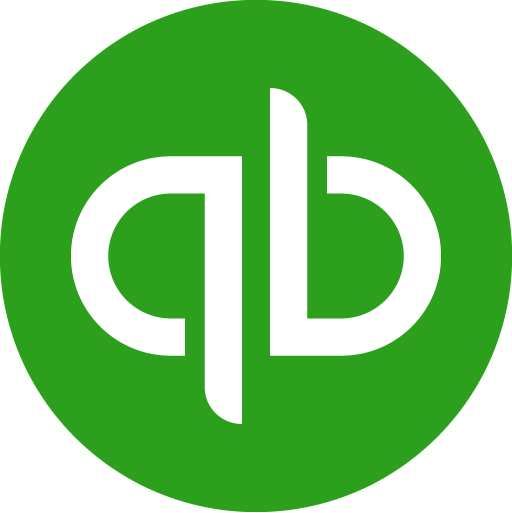If you read a lot of financial statements, you may come across the term "fixed charge coverage ratio" or "FCCR" and wonder what it is. This ratio represents a company's ability to cover its fixed costs. It shows how much money a company has available to pay for debt service and capital leases, interest on its bonds, and other charges that can't be changed when sales decline.
People often find this topic to be a bit confusing, but it really doesn't need to be. This article will explain everything you need to know about FCCR in easy-to-understand terms and answer some key questions such as what is a fixed charge coverage ratio? How is coverage ratio calculated, and much more.
What is a fixed charge coverage ratio?
By definition, fixed charge coverage ratio is the ratio of a company's net cash flow to its interest expense. This is one figure used to help investors determine if a company has adequate assets and earnings to service its debt. The higher the fixed charge coverage ratio is, the more capacity and stability a company has to meet its debt obligations.
Is it better to have a high or low fixed charge coverage ratio?
This is a common question among accountants and business owners; the answer is that it depends. A high fixed charge coverage ratio implies that a company can afford to pay its fixed charges (utilities, insurance, property taxes) reliably every month. This is generally considered a good thing.
However, a low fixed charge coverage ratio can be just as good, if not better, than a high one if it means that the company has less cash tied up in things like inventory and accounts receivable.
In other words, the way you interpret your fixed charge coverage ratio will depend on what kind of business you're running and how much cash flow you need for day-to-day operations.
Is a high fixed charge coverage ratio good?
The short answer is yes; a high fixed charge coverage ratio is good. The long answer is that it depends on what you're measuring it against.
A high fixed charge coverage ratio means that your company has the ability to pay its fixed expenses out of the revenues it generates from the sale of its products or services. This could be a very positive thing for your company because it means that you don't have to rely on debt or equity financing in order to cover your fixed expenses.
In some cases, however, this may not be good news, for example, if you're trying to raise money from investors and they expect a certain level of profitability before they're willing to invest in your business. If this is the case, then having a high fixed charge coverage ratio could actually be detrimental because it could indicate that your business isn't profitable enough for investors yet.
How is coverage ratio calculated?
To calculate your company’s FCCR, you can use a simple fixed charge coverage ratio formula. Basically, you divide your total fixed expenses by your total revenues. The formula can be expressed as follows:
Fixed Expenses / Total Revenues = Fixed Charge Coverage Ratio
Conclusion
The main conclusion of this article is that there is a lot to cover when it comes to the fixed charge coverage ratio, but at the end of the day, it's nothing to stress over. The key is simply having enough cash flow that you can survive through your negative periods. Also, remember to correctly diversify lender risk and make sure that your company has no problem paying the interest on its debt.
If you want to take charge of your company's finances and make managing your accounts easier than ever before, then be sure to check out LiveFlow. One of the best business finance tools on the market, LiveFlow makes it easy to keep track of your company’s finances and gain actionable insights from your financial data.

.png)

.png)





